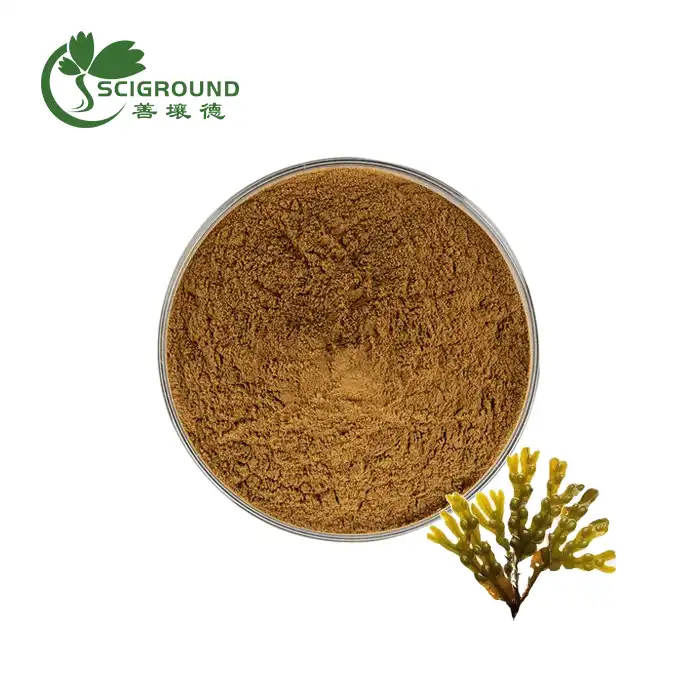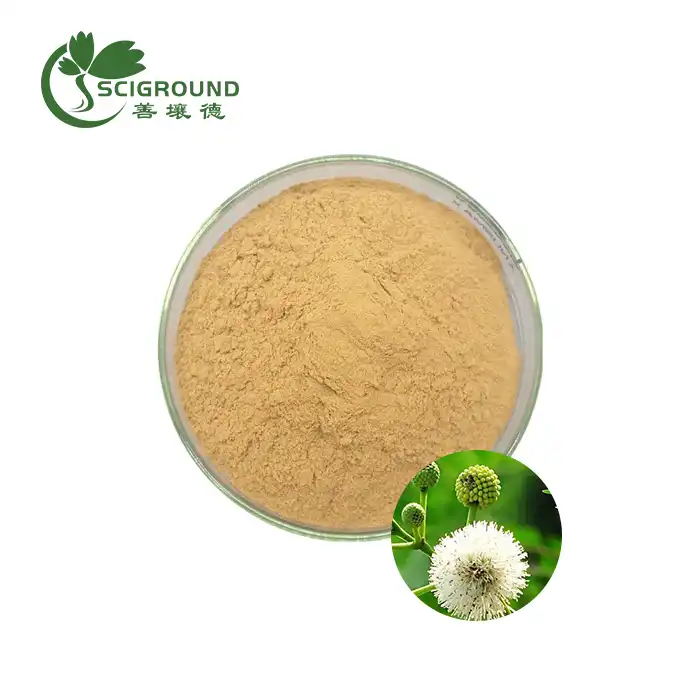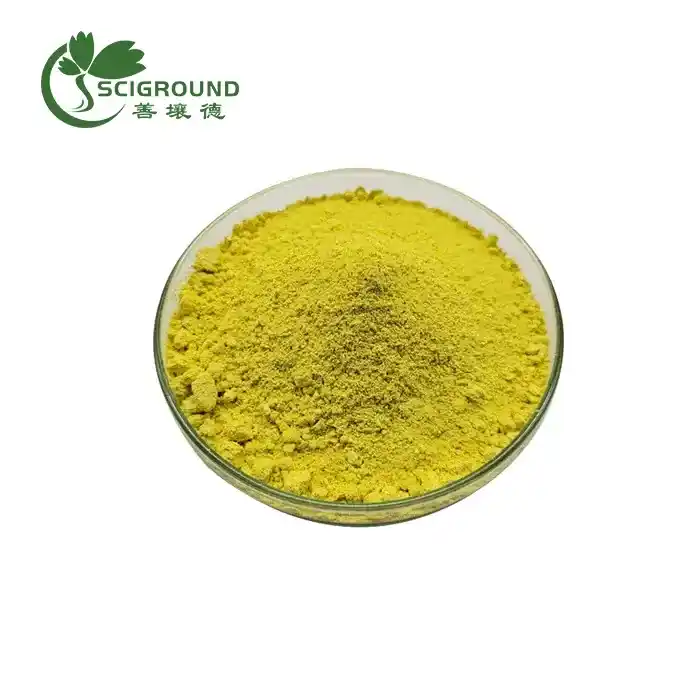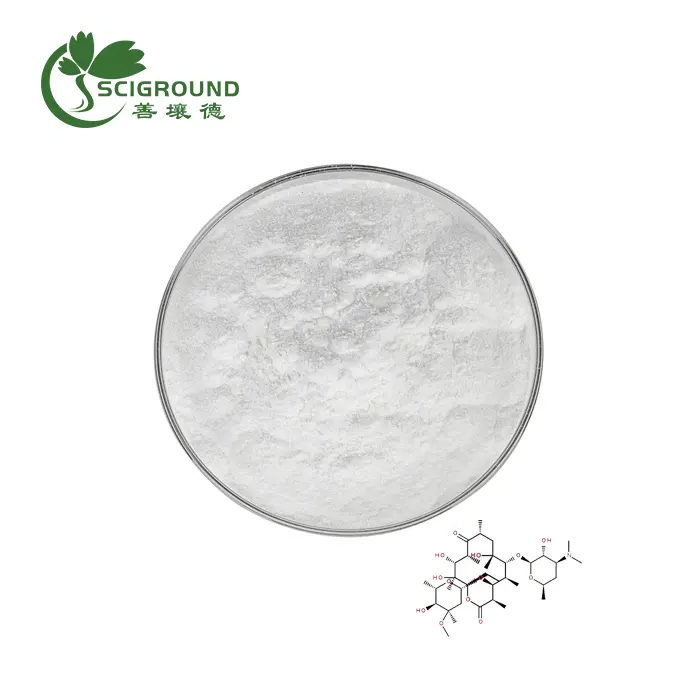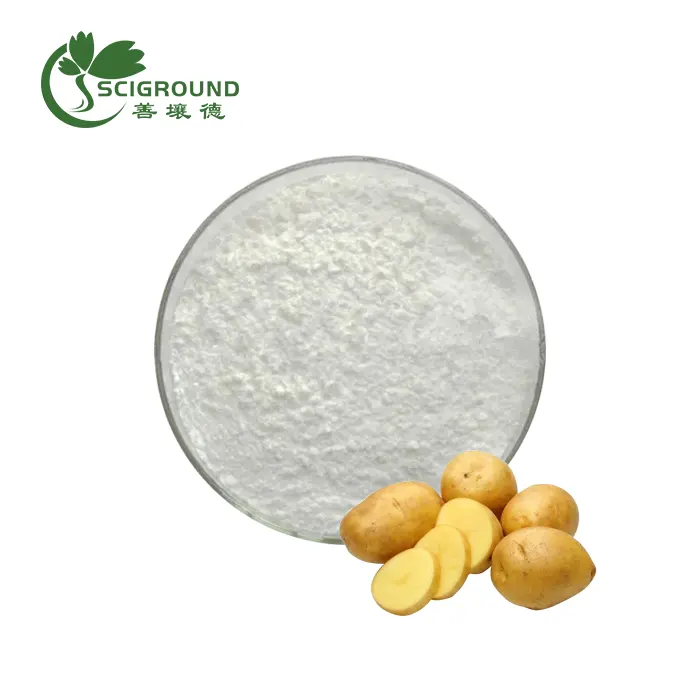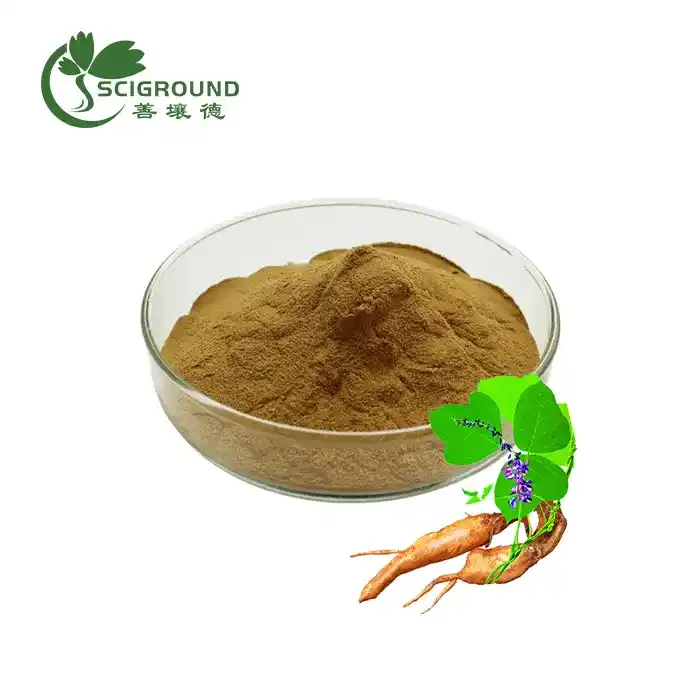Pea Protein vs Soy Protein
Plant-based protein supplements have surged in popularity in recent years among vegetarians, vegans, and anyone looking to eat more plant-focused diets. Two of the most common types are pea protein and soy protein. But how do they compare in terms of nutrition, taste, sustainability, and other factors? Here’s an in-depth look at the similarities and differences.
Pea Protein vs Soy Protein Amino Acid Profile
When comparing any protein supplements, it’s important to analyze the amino acid profile to ensure it provides adequate amounts of the nine essential amino acids your body cannot make on its own.
Pea protein and soy protein have relatively similar overall amino acid makeup:
Essential amino acids - Pea and soy proteins both contain good amounts of essential amino acids like lysine, leucine, tryptophan, and more. Pea protein has slightly higher methionine while soy protein has more cysteine.
BCAAs - Soy protein has higher levels of the branched-chain amino acids isoleucine, leucine, and valine compared to pea protein. These BCAAs are important for muscle synthesis and energy.
Glutamine, arginine - Soy protein contains more glutamine while pea protein has higher arginine content. Both glutamine and arginine play roles in muscle building, immunity, gut health and more.
PDCAAS scores - Soy protein has a slightly higher PDCAAS score of 1.0 indicating excellent protein quality, while pea protein scores a 0.7. However, combining pea protein with rice protein can effectively complement the amino acid profile.
Overall, both pea and soy proteins deliver good, plant-based essential amino acid sources, with soy containing higher levels of BCAAs. Combining pea protein with rice or other proteins can optimize the amino acid balance.
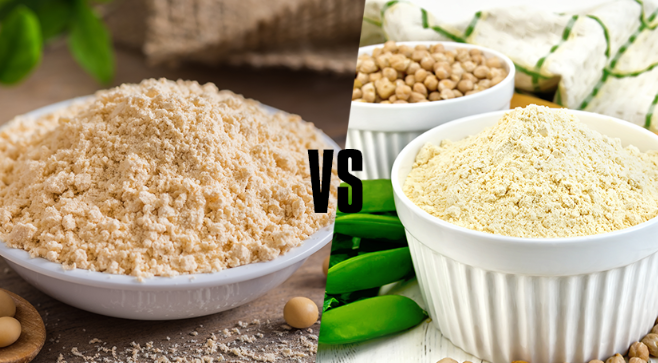
Pea Protein Isolate vs Soy Protein Isolate
Isolates are a more purified, higher protein concentration form of pea and soy proteins:
Protein content - Pea protein isolate contains around 85-90% protein while soy isolate has 90-95% protein typically. This is higher than concentrates.
Processing methods - Isolates go through additional filtration, heating, and extraction processes to isolate the soluble protein and remove carbohydrates, fats, and other compounds.
Digestibility - The extra processing may enhance digestibility and amino acid bioavailability in isolates compared to concentrates. However, overprocessing can negatively impact digestive properties.
Cost - Isolates usually cost more than concentrates due to additional manufacturing processes needed to create them. However, gram for gram they provide more protein value.
Applications - The purity of isolates lends well to applications like smoothies, sports supplements, and clear beverages where texture and solubility are important.
When seeking a high-protein, low-calorie, and low-carb option, pea and soy protein isolates can be excellent choices, with soy isolate containing slightly more protein overall.
Pea Protein vs Soy Protein vs Whey Protein
Whey protein, derived from dairy, is another top protein supplement choice. How does it stack up against pea and soy proteins?
Amino acid profile - Whey protein has high levels of BCAAs and cysteine but is low in methionine. Pea protein has more arginine and lysine. Soy wins for overall essential amino balance.
Digestibility - Whey protein has the highest digestibility and bioavailability, followed by soy, then pea. Combining plant proteins can improve absorption.
Allergies - Whey is unsuitable for people with dairy/lactose intolerance. Soy must be avoided for soy allergy sufferers. Pea protein is the least allergenic.
Sustainability - Pea and soy production have a much lower environmental impact than dairy-based whey. They also use less water to produce.
Cost - Whey protein generally costs slightly less than plant-based proteins, but the difference is minimal when comparing isolates.
While whey protein holds some advantages like digestibility and BCAA content, pea and soy proteins are excellent options for plant-focused diets and offer their own nutritional benefits.
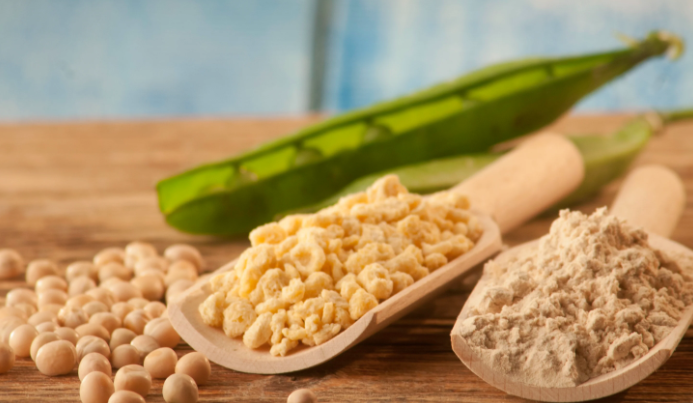
Which One is Better: Soy Protein or Pea Protein?
So which comes out on top in a soy protein vs pea protein comparison? The answer largely depends on your nutritional needs and goals:
Muscle gain, exercise - For building muscle and athletic performance, soy protein’s higher BCAA content makes it the better choice in most cases.
Weight loss - Pea protein may support weight loss a bit more than soy thanks to its satiating fiber and potential metabolism-boosting properties.
Food allergies - For dairy, lactose, egg, or soy allergies/intolerance, pea protein is the clear winner.
Sustainability - Pea protein production has a lower environmental impact than soy overall in terms of land and water use.
Digestibility - People with digestive issues may tolerate pea protein better initially, but soy protein digestibility improves with consistent use. Combining plant proteins boosts absorption.
Taste/texture - Soy protein has a more neutral taste while pea protein has a distinctive flavor. Soy tends to blend and mix better.
In general, soy protein comes out slightly ahead for muscle building goals while pea protein has advantages for sustainability, digestive issues, and certain dietary needs. Combining them gives you the best of both worlds.
Is Pea Protein Soy?
Pea protein and soy protein, commonly utilized in foods and supplements, represent distinct vegetable protein variants. They serve as valuable protein sources suitable for vegans, vegetarians, and individuals seeking plant-based dietary options. Despite their shared purpose, these proteins differ in origin and nutritional composition.
Pea protein originates from yellow split peas, while soy protein is derived from soybeans. These plants, peas, and soybeans are cultivated for distinct purposes: peas for culinary use like split pea soup, and soybeans primarily for oil and protein meal. Although both fall under the category of pulses, they are separate entities with no derivation from one another.
In terms of amino acid profiles, pea protein typically contains lower methionine levels but higher lysine levels compared to common soy protein variants like soy protein isolate or concentrate. Additionally, pea protein lacks isoflavones, unique nutrients present in soy and soy-based products.
Allergies play a crucial role in choosing between pea or soy protein. Pea protein excludes soy content, making it a safe choice for individuals with soy allergies, whereas soy protein may trigger such allergies. For those with soy sensitivities or aiming to avoid soy for various reasons, pea protein serves as an ideal soy-free alternative.
In essence, while both pea and soy proteins offer complete plant-based protein, they differ in sourcing, characteristics, and utility. Pea protein contains no soybean elements whatsoever, thereby distinct from and not to be marketed as a form of soy protein. When selecting a protein supplement or ingredient, it's imperative to scrutinize labels for specific sourcing information.
Is Pea Protein Safer Than Soy Protein?
Both pea protein and soy protein are considered very safe options for most people when used in normal food amounts. However, pea protein has a reputation for being the safer choice - but are these concerns justified?
Estrogen - Soy contains phytoestrogens which mimic estrogen to a small degree. However, studies find soy has little to no feminizing effects even in large amounts. Pea protein contains no phytoestrogens.
Digestibility - Some experience gas, bloating, or indigestion with soy protein due to anti-nutrients blocking mineral absorption. Pea protein has fewer anti-nutrients and may be easier to digest initially.
Allergies - Soy is one of the top allergenic foods while pea allergies are rare. This makes pea protein the safer choice for those with unknown food sensitivities.
GMOs - Over 90% of soy grown is GMO, whereas peas have little to no GMO commercial production currently. However, GM status does not intrinsically make something less safe.
Safety data - Large bodies of research exist confirming the safety of both soy and pea protein even in high doses long term. Both are GRAS. Neither appear to have toxicity or unique side effects.
In summary, while pea protein has some advantages for digestibility and allergies, soy protein is very unlikely to pose harm or hormone issues for most people when consumed in normal dietary amounts. Those with soy concerns may prefer pea protein, but soy remains safe for the majority.
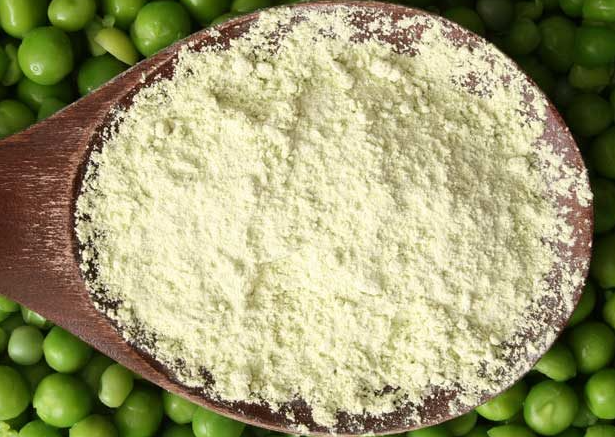
Is Pea Protein Better Than Whey and Soy?
So how does pea protein measure up against the heavy hitters whey and soy? Here’s how it compares:
Digestibility - Whey protein has the highest digestibility, followed by soy, with pea protein trailing behind. Combining pea with rice protein boosts absorption. Proper preparation also helps.
Amino acids - Whey dominates for quick digesting BCAAs. Soy provides the most well-rounded essential amino acid profile. Pea protein is somewhat lower in certain EAAs but still provides substantial amounts plus higher arginine.
Allergies - Whey is unsuitable for dairy allergies. Soy must be avoided for soy intolerance. Pea protein is hypoallergenic and therefore the safest choice for unknown food allergies.
Sustainability - By far the most eco-friendly option, pea protein production generates lower greenhouse gas emissions, uses less land and water resources, and enriches soil health compared to whey or soy.
Affordability - Soy protein tends to be most budget-friendly, followed by whey, then pea protein. However, prices depend on the type and brand and are comparable between isolates.
Texture - Whey mixes and blends the easiest, followed by soy which has a smooth mouthfeel. Pea protein is grittier in texture, although newer preparations are improving mixability.
While pea protein has some advantages, soy and whey proteins remain better choices for optimizing muscle gain and athletic performance due to their amino acid content and digestibility. However, pea protein holds its own as a sustainable plant-based option.
Are Peas Better Than Soy?
Evaluating whole food sources like peas vs soybeans, peas do hold some nutritional advantages:
Protein content - Green peas contain about twice the amount of protein as mature soybeans measured as a percentage of dry weight.
Amino acid balance - Peas have a more balanced essential amino acid profile than soybeans, which are relatively low in methionine and cysteine.
Fiber - Green peas provide 16% of the Dietary Reference Intake for fiber per cup while soybeans have about half that amount. Pea fiber improves satiety.
Micronutrients - Peas contain more of certain vitamins and minerals like vitamin C, thiamin, folate, manganese, phosphorus, and zinc compared to soybeans.
Anti-nutrients - Soybeans contain higher levels of trypsin inhibitors, phytates, lectins, and other anti-nutrients that can hinder digestion and nutrient absorption.
Allergies - Soy is a common allergenic food while peas are rarely allergenic and more easily tolerated by most people.
However, soybeans and soy foods offer their own nutritional merits like healthy fats, isoflavones, and more. Consuming a variety of plant foods is ideal for a balanced diet.
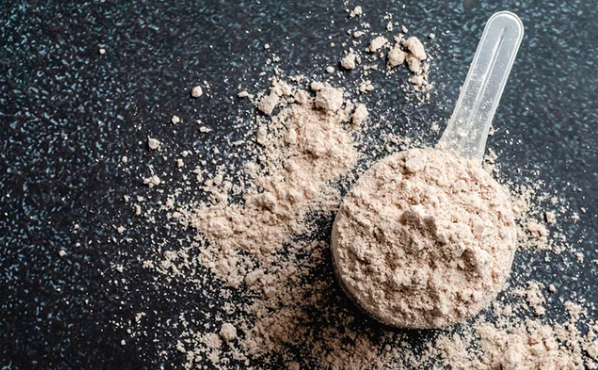
Soy Protein vs Plant Protein
Soy protein stands out as a high-quality complete plant-based protein:
Essential amino acids - Soy contains good amounts of all nine essential amino acids needed for anabolic muscle building and maintenance. It has the highest PDCAAS score of any plant protein.
BCAAs - Particularly high in leucine, soy protein provides substantial amounts of branched chain amino acids important for muscle protein synthesis.
Digestibility - Though affected by anti-nutrients, soy protein has very high digestibility compared to other plant proteins and animal-based whey.
Versatile applications - Soy protein’s neutral taste, smooth mouthfeel, and solubility make it easy to incorporate into a wide variety of foods, beverages, and supplements.
Sustainability - Growing soy for protein aligns with environmentally sustainable farming methods and produces lower emissions than animal proteins.
Affordability - Soybeans are cost effectively grown at scale as a major global crop, keeping soy protein very affordable compared to other supplemental protein sources.
For those seeking a plant-only protein source for athletic performance, muscle gain, weight management, or general health, soy protein offers an accessible, economical choice with powerful nutritional attributes.
Soy Protein vs Pea Protein Taste
Taste and texture are important considerations when selecting a protein supplement. How do soy and pea proteins compare?
Taste - Soy protein has a relatively neutral taste. Pea protein has a distinctive floral, earthy flavor that some find unpleasant or strong. Adding flavors can mask it.
Texture - Soy protein is smoother and mixes well into liquids. Pea protein tends to be grittier with a chalky mouthfeel, although newer processing methods are improving texture.
Mixability - Soy protein dissolves very easily into smoothies, shakes, juices, and water with little sediment. Pea protein may not fully dissolve, leaving an unappealing chalkiness.
Versatility - The neutral taste and smoothness of soy protein allows it to adapt well into many foods and beverages without impacting flavor. Pea protein’s taste limits its versatility more.
Effects of processing - Isolates and concentrates of both soy and pea protein tend to exhibit better flavor and texture qualities compared to raw forms.
Personal preference - Some people enjoy the distinctive taste of pea protein while others strongly dislike it. Soy protein has wider appeal, but testing different options can reveal individual tastes.
For the best flavor, texture, and mixability, soy protein is preferable for most people. However, blending pea protein with fruit or other ingredients, choosing isolates over concentrates, and adjusting preparation techniques can improve its appeal.
In summary, both pea and soy proteins are high-quality plant-based protein sources with their own sets of advantages. Soy protein generally wins for amino acid content, digestibility, versatility, and affordability. But pea protein is more hypoallergenic and sustainable. Combining the two can optimize the nutritional benefits. Personal preferences around taste, texture, goals, and dietary needs also inform whether soy, pea, or another protein is the right choice.
References:
Tömösközi S, Langó B, Salgó A, Dohnálek P, Miseviciene L, Kerch G. Comparison of the Composition of Pea (Pisum sativum L.) and Soybean (Glycine max L.) Plant Proteins and Protein Profile Differences in Pea-Soybean Protein Mixtures. Foods. 2021;10(8):1859.
Rigamonti E, Parolini C, Marchesi M, et al. Hypolipidemic effect of dietary pea proteins: Impact on genes regulating hepatic lipid metabolism. Mol Nutr Food Res. 2010;54(S1):S24-S30.
Babault N, Païzis C, Deley G, et al. Pea proteins oral supplementation promotes muscle thickness gains during resistance training: a double-blind, randomized, Placebo-controlled clinical trial vs. Whey protein. J Int Soc Sports Nutr. 2015;12(1):3.
Lam S, Munar MY, Seng CY, et al. Physicochemical properties, protein and amino acid profiles of Pisum sativum var. Jof. Int J Food Prop. 2018;21(1):917-929.
Messina M. Soybean isoflavone exposure does not have feminizing effects on men: a critical examination of the clinical evidence. Fertil Steril. 2010;93(7):2095-2104.
About Author

Celine Xu is a botanist with over 15 years of experience researching and developing plant extracts for nutritional and pharmaceutical applications. She leads an R&D team focused on identification, cultivation and extraction of medicinal plants. Celine Xu earned a Ph.D. in Plant Biology has authored numerous articles in peer-reviewed journals about the health benefits of specific phytochemicals. She frequently speaks at industry conferences about new developments in plant extract research. Celine Xu is dedicated to advancing the scientific understanding of how targeted plant compounds can be used to improve human health.
Related Industry Knowledge
- Is it OK to take quercetin daily?
- Would Cauliflower Rice Act as a Binder for Meatloaf
- Is inulin a prebiotic
- Is it safe to take astragalus everyday?
- L Theanine vs Ashwagandha
- Does berberine have caffeine
- Is Pueraria Lobata Powder an Effective Remedy for Menopausal Symptoms?
- Mulberry Leaves Extract Powder: A Superfood for Your Health
- Tongkat Ali Extract Powder: Unleashing the Potency of Nature's Vitality Booster
- Why BCAA is used in gym?
